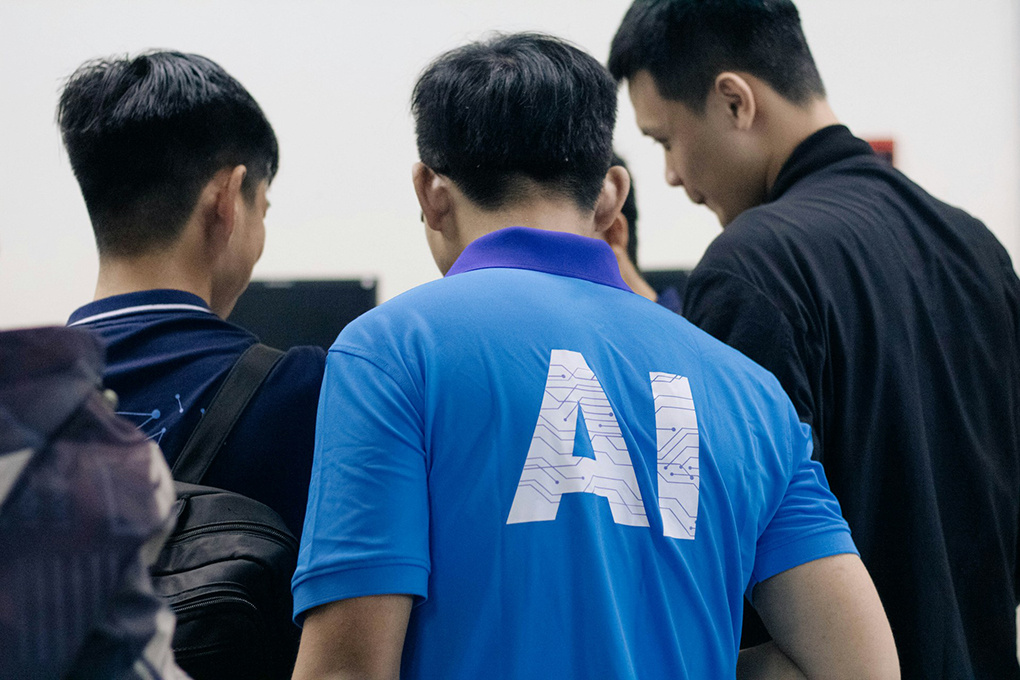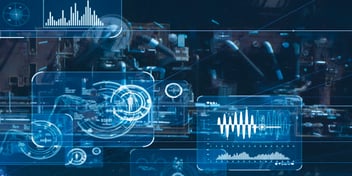Navigating the AI vibe: unlocking the power of digital transformation in the water sector

The water sector is at the forefront of a digital transformation driven by AI, but leading experts urge utilities to focus on targeted initiatives that add measurable value and prioritise specific goals to avoid digital fatigue.
GHD recently hosted a panel of industry leaders within a two-webinar series – Show me the value: digital transformation in the water sector – discussing how utilities can navigate digital transformation while ensuring tangible value creation.
Four core themes emerged from the webinar discussions, including the importance of building robust business cases, starting small and scaling up, fostering a digital mindset and culture, and measuring and monitoring value.
While digitisation is often touted as game changing, GHD APAC Technology Integration Lead for Water Thomas Debruyne said it should not be pursued for its own sake, but targeted towards creating measurable value. At present, doing otherwise risks digital fatigue.
“In my experience, companies are often digitising for the sake of digitisation. There is a strong trend around digital being considered the way to become a utility of the future. And there are valid reasons for that. But we have this pressure mounting,” he said.
“Utilities leadership and management are told they need to digitise the way they work and are feeling bombarded by the number of solutions or approaches around how to do this.
“There is something referred to today as ‘AI vibe’, combined with what’s called ‘AI washing’. When generative AI became mainstream, it added to this pressure around digitisation.
“Everyone is seeing it coming and wants to be part of this journey, which is completely valid. But it is creating pressure between where we need to be and where we are today. Sometime this big gap creates fatigue, which is not always helpful.”
Debruyne said there are a lot historical solutions that involve AI, they just weren’t called AI before: “There is a lot of discussion around AI transforming the way that we operate, but we started doing this stuff 25 years ago”.
“Generative AI has the ability to look for and summarise information in vast amounts of structured and unstructured data coming from different systems and assets. And the water industry is data rich, but information poor,” he said.
“But it needs to be very targeted. With digital fatigue, people might read about how AI will change everything. But we need to come back to the basics and look at the things we can implement today that will add value.”
Risky business
When it comes to digitisation, Debruyne said the water community is well aware of the importance of making the transition, but incremental steps are key.
“For very valid reasons, the water sector is risk adverse. We are here to provide safe drinking water and treat wastewater in a safe and environmentally friendly way. The way we approach changes needs to be different to the way other industries do,” he said.
“We are not going to be as quick and agile as other sectors. We need to be realistic about it and keep in mind that the water sector will change and transform at a different rate and in different ways.”
Furthermore, AI is one part of digitisation. Although AI has received a lot of attention recently, Debruyne said there are ways to digitise asset operations without involving AI at all.
“As a matter of fact, there are ways to use traditional statistical approaches that are often better than applying machine learning. When we look at an initiative as part of our strategy, we always need to come back to the why,” he said.
“Most executives and water community leaders know that going digital is important. We know we need to do it. But when we look at a strategy, we need to prioritise initiatives.
“For example, we know we need to be more customer centric and we need to decarbonise our assets. And, as part of these drivers, leveraging digitisation will have impact.
“Aligning our digitisation journey with our short- and long-term strategy is very important. Digital is now forming part of the way we work towards bettering our services and operations.
“But we need to be very granular and specific about what value digitisation is going to provide to avoid implementing changes that are not purposefully aligned.”
Digital mindset
Of all the important steps mentioned in GHD’s webinar, Debruyne said fostering a digital mindset and culture is the trickiest – the water sector has experience with business cases and incremental improvements, but cultural change is more difficult.
“This transition is less about technology and more about getting our processes to evolve with the technology. We are not going to get every engineer and operator literate in digital tomorrow,” he said.
“But helping to build a digital mindset is about getting people to come on the journey early, so that they are able to then participate confidently when we introduce a new process or improvements within their field of work.
“Having people onboarded early is not only important for success, but it is also one of the hardest things to do.”
Debruyne said generative design is an approach that leverages AI to speed up and help with the production of design work, and it’s an area of work that some people in engineering, construction and operations industries are slow to adopt.
“It’s a bit scary. It’s a way of working that has faced a lot of resistance. But it’s a tool that is here and can lead to efficiencies and more sustainable solutions,” he said.
“Spending time with people to explain how AI is involved and how it will be used is very important. If we consider it as a black box and don’t understand how it works, people will push back. Engineers are very conservative for very good reasons and need to understand the fundamentals – which is a good thing.
“Fostering a digital mindset and culture is not about adopting tech or trying to teach people about concepts they don’t understand, it is about being flexible about the impact new tech will have on people’s ways of working.
“It’s about making people comfortable with assessing how new technology and approaches will change the way they work in ways that create value.”
Given the transition to digital is not about technology but about people, Debruyne said there is a sense that the sector is not transforming as fast as it should be.
“There are a lot of different solutions and technologies available that have the ability to help address key challenges we are facing today. If we were to improve the tech by 50% tomorrow, it would not speed up our transformation journey overall,” he said.
“What we need to do for the transformation journey to take place at a faster pace is to come back to working on the digital mindset.
“Working on the digital mindset is hard. It’s not easy work. It’s about governance and culture. It’s very important to keep things simple.
“Damage is done when we allow the AI vibe to overwhelm our people.”



